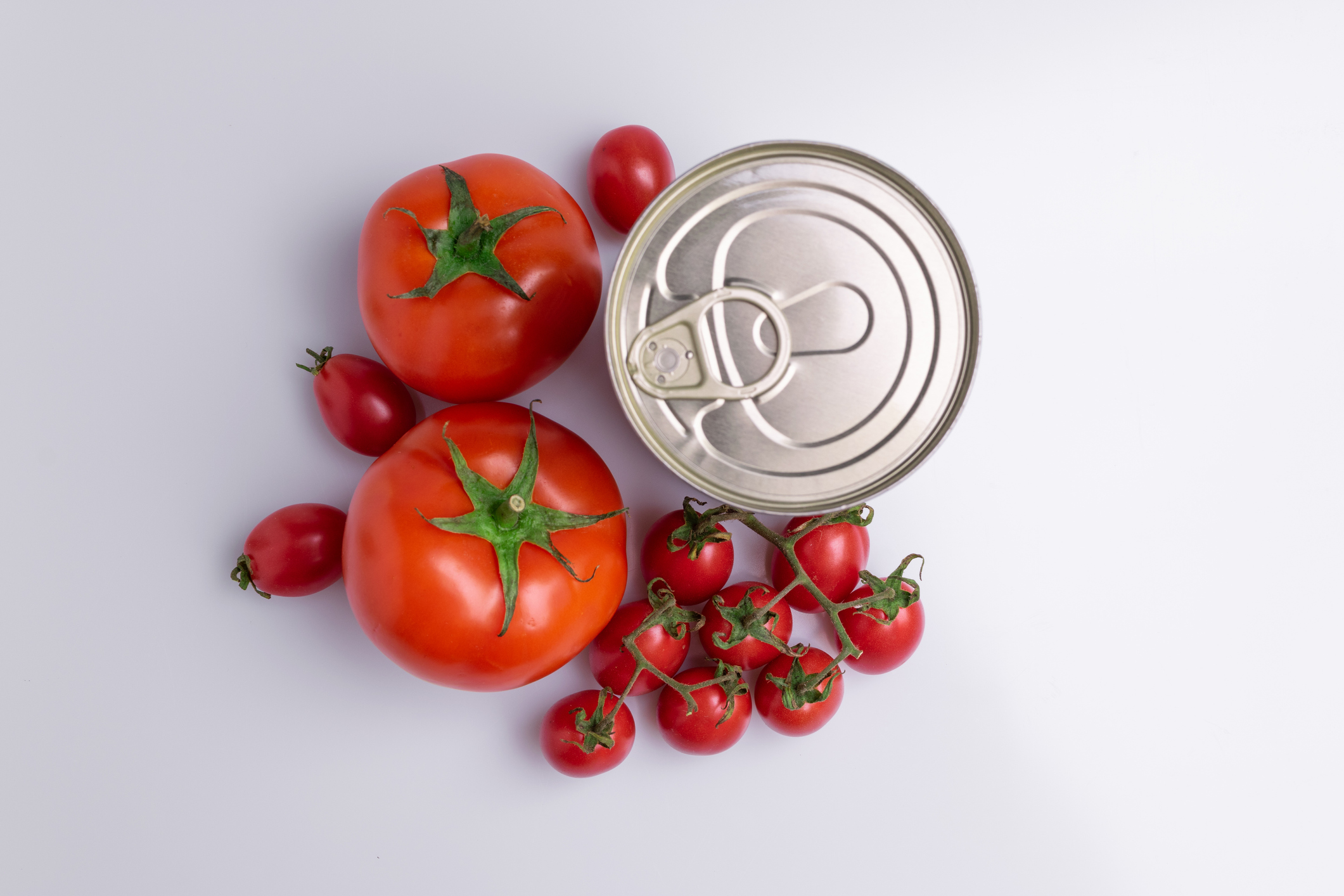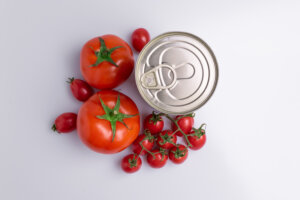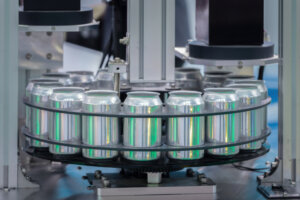We are happy to be catering to the growing consumer market with the release of our range of Diced and Whole Peeled Canned Tomatoes. Grown on the foothills of the Andes Mountains in the province of San Juan, over 1,600 hectares of tomatoes are cultivated and in our plant alone more than 1 million kilos per day are processed and canned.
The range we can offer is Diced or Whole Peeled Canned Tomatoes, with every detail of the production process closely checked to guarantee the quality of our products. Pasteurization allows us to maintain the flavor and properties of the tomato without the need to use preservatives or additives.
[su_spacer size=”40″]
The complex production process cycle in shown below:
- Land Preparation
- Land preparation involves tillage operations to make the soil suitable for root growth and development. They are subsequently transplanted on raised beds until harvest point.
- Harvesting
- The Tomatoes are harvested at their peak of maturity, mostly harvested mechanically.
- Cleaning
- Cleaning is done in various stages starting with the unloading of the trucks, which takes them on a sleeve, that leaves them in a water channel called “stone blocker”. This channel separates heavy bodies, like stones, and removes small particles of earth. This is followed by a high-pressure water wash.
- Grading
- Peeling
- The pulp and skin is heated by means of direct steam until the skin bursts. They then go through rollers which remove the remains of any skin left attached
- Packaging
- The tomatoes are harvested and canned in a matter of hours to preserve their nutritional properties and taste.
- Pasteurization
- The cans then go through a pasteurization stage to prevent microbial growth, which involves heating to 98C, then cooling to 40C. This is the final stage, which is followed by labelling.
Argentina is one of the main producers in Latin America, and there is an expected 20% increase of the planted hectares expected for the new seasons! Last year accounted for approximately 1,900 hectares, and according to surveys carried out, its expected to exceed 2,300 hectares for the 2020/21 season. The new campaign begins with the sowing that takes place between September and December. The last season which ended in May ended with 454 thousand tons produced, while in 2019 only 395 thousand tons were harvested.
Read more on Own Brand Packaging here [su_permalink id=”5295″][/su_permalink]





